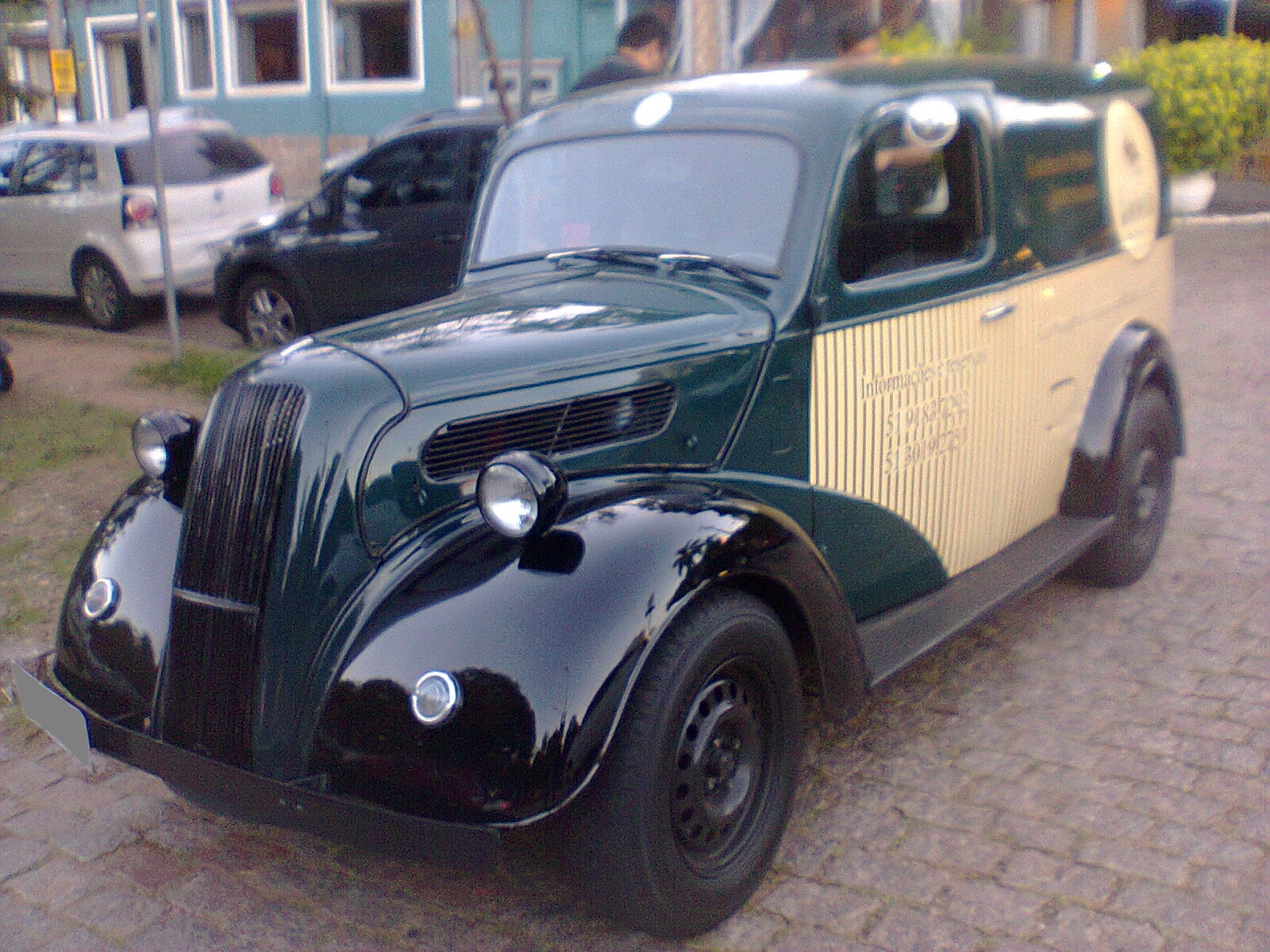In spite of having some limitations, mostly concerning the internal flow restrictions, lower engine speeds, lower compression ratio and eventually an insuficient cooling of the head, the sidevalve layout has noticeable advantages regarding its overall physical volume much reduced due to the lower head, even though the block has to be slightly wider to accommodate the valves, reduced weight and a lesser likelihood of failures resulting from oil starvation, since the moving parts are kept further low so there is a smaller path the oil has to flow into.
Another notable example is the Ford Model T, made from 1908 to 1927, always with a 4-cylinder sidevalve engine. This valvetrain layout does make sense for a no-frills vehicle such as the Model T, due to the lower manufacturing cost resulting from a simpler design, which also led to an easier maintenance. The inherently low compression ratio, often pointed as a disadvantage of sidevalve engines, actually worked out perfectly for the Model T, due to the lower grade of the regular gasoline available back then.
Sidevalve engines had also been highly popular in European compact cars, such as the British Ford E494A-series Anglia and the French Renault Juvaquatre, until late '50s. After that, the introduction of tetraethyl lead into the gasoline as an anti-knocking additive and valve seat hardening agent was kinda inviting for the extra expense on overhead-valve layouts which allowed a higher compression ratio, often pointed to increase the overall efficiency of the engine.
Another point favorable to the sidevalve engines is their suitability to special applications such as off-road vehicles and light piston-powered aircrafts. The low-end torque is actually favored by the inherently lower speed ratings, and the fact that engine moving parts are concentrated downwards also keep the lubrication more precise even under severe inclination variance. A good example is the early Jeep Willys, fitted with the Continental Go-Devil inline-4 engine. In spite of the absence of developments targetted to automotive applications, another promising market is light aircraft, plagued by the push for a ban of aviation gasoline (AvGas) due to environmental concerns about the tetraethyl lead content still present on it. Besides the suitability to lower-grade fuels, the lower speed in a sidevalve eliminates the need for a reduction gearing between the engine and the propeller.
Despite all the incredulity towards sidevalve engines, they still have some advantages which are worth considering...









The extensive use of Ethyl Alcohol and Metane, both with high Octane number, may incline the fulcrum again to lateral valve
ReplyDeleteActually, overhead-valve engines are often pointed out as more suitable to handle ethanol and methane due to the higher compression ratioes they can provide. Anyway, there is still a possible captive market for the good old flatheads in applications where low-end torque is more important than high-end power.
DeleteDodge offered a flathead straight-6 until 1960 in the American domestic market as an option for its trucks, and at least until 1968 for export. It remained popular in the 70's as an industrial engine, and probably it would make sense to reintroduce them as automotive engines in the wake of the oil crisis when unleaded gas came by.
ReplyDeleteIt really seems kinda pointless the way Chrysler Corporation neglected the flathead six from the 60's on.
DeleteI learned to drive in a Dodge B-series truck with the flathead-6, taking lessons from my gramps. He bought that rig brand-new and drove it until a few months before his death.
ReplyDeleteFlatheads do look outdated but they are also pretty cool to look at.
ReplyDeleteThere were some Dodge D-Series trucks with the flathead-6 in Argentina too.
ReplyDelete